Austrian market and demand for rice
Austria is a country located in Central Europe with a population of around 9 million. Although not traditionally a rice-consuming country like Asian countries, demand for rice in Austria has increased in recent years, especially in the context of increasing health awareness, vegetarianism, and diverse culinary styles. Rice has become the preferred choice for dishes such as sushi, risotto, fried rice, and many other Asian foods.
Table: Rice production and consumption situation in Austria
Value (tons) | 2019/20 | 2020/21 | 2021/22 | 2022/23 | 2023/24 |
Manufacture | 157 | 189 | 273 | 271 | 287 |
Beginning inventory | 4,180 | 10,710 | 7,253 | 11,078 | 9,014 |
Ending inventory | 10,710 | 7,253 | 11,078 | 9,014 | 5,915 |
Import | 64,299 | 56,240 | 62,607 | 58,346 | 62,869 |
Export | 6,326 | 5,286 | 4,955 | 6,181 | 9,156 |
Domestic use | 51,600 | 54,600 | 54,100 | 54,500 | 57,100 |
Feed for livestock | 1,500 | 1,500 | 1,500 | 1,500 | 1,500 |
Processing | 4,600 | 6,600 | 6,100 | 6,500 | 8,100 |
Human consumption | 45,500 | 46,500 | 46,500 | 46,500 | 47,500 |
Average consumption per capita (kg) | 5 | 5 | 5 | 5 | 5 |
Self-sufficiency level (%) | - | - | 1 | - |
Source: Statistics Austria
Vietnamese Rice – Quality and Diversity
Vietnam is famous for many different types of rice: from fragrant rice, sticky rice, regular rice to organic rice, brown rice. Some prominent rice varieties such as ST25, Jasmine, yellow sticky rice, broken rice... are popular both domestically and internationally. Vietnamese rice exporting enterprises always focus on clean, safe production processes and meet international standards, such as GlobalGAP, HACCP, ISO standards, ensuring that products reaching European consumers are of the highest quality.
For Vietnamese rice to appear on the Austrian market, the product must undergo strict testing for pesticide residues, food safety and hygiene, as well as regulations on packaging, labeling and traceability. Enterprises must cooperate closely with Austrian partners, while upgrading processing plants and applying modern preservation techniques to preserve the flavor and nutritional value of rice.
Expansion opportunities in the Austrian market
The Free Trade Agreement between Vietnam and the European Union (EVFTA) that took effect in August 2020 has brought many tariff incentives for Vietnamese rice when exported to the Austrian market and EU countries. Thanks to that, Vietnamese rice prices have become more competitive compared to products from other countries such as Thailand, India or Cambodia. However, we need to work with the EU to increase the current quota of 80 thousand tons/year. In addition, European consumers increasingly favor clean, organic and sustainable products - this is a great advantage for Vietnamese rice to reach more widely.
Despite many advantages, exporting rice to Austria also faces many challenges. First are strict requirements on quality, traceability, as well as regulations related to environmental protection and consumer rights. In addition, Vietnamese rice must compete directly with strong competitors who have established a foothold in this market. To overcome this, businesses need to invest heavily in processing technology, market research, brand building and product promotion.
An effective solution is to strengthen cooperation with supermarket chains and organic food stores in Austria, and participate in international trade fairs to promote the image of Vietnamese rice. In addition, it is necessary to listen to feedback from the market to adjust products to suit the tastes and consumption trends of Austrians.
More and more consumers in Austria choose Vietnamese rice for their daily meals. The variety of varieties, delicious taste, reasonable price and especially the food safety factor have won over many customers, from local families to high-end restaurants and hotels. Recent surveys show that Austrians highly appreciate Vietnamese rice because of its long, white, sticky and fragrant grains, suitable for many traditional and modern dishes. However, the consumption of round-grain rice (sushi) in Asian restaurants is the highest. Recently, the Vietnam Trade Office in Austria has connected 3Brothers company to import Vietnamese sushi rice into the market in 10kg packages, which are very popular with customers.
Photo: Vietnamese sushi rice imported into the Austrian market
Future development prospects
With the trend of green and sustainable consumption, the demand for high-quality, safe and environmentally friendly agricultural products in Austria will certainly increase sharply in the coming time. If we continue to maintain quality, invest in technological innovation as well as diversify products, Vietnamese rice will increasingly affirm its solid position in the Austrian market in particular and Europe in general. The success of Vietnamese rice not only enhances the national brand but also makes an important contribution to economic growth and sustainable development of Vietnam's agricultural sector.
Vietnamese rice exported to Austria is a testament to the efforts of Vietnamese agricultural products to reach out to the international market. Although there are many challenges ahead, with the current position and proactive innovation, Vietnamese enterprises can completely conquer the Austrian market and continue to open the door to Europe. Vietnamese rice - the pearl of the Vietnamese countryside - is increasingly affirming its value and identity on the dining tables of friends from all over the world.
Source: https://moit.gov.vn/tin-tuc/thi-truong-nuoc-ngoai/gao-viet-nam-xuat-khau-sang-ao-co-hoi-thach-thuc-va-trien-vong-moi.html




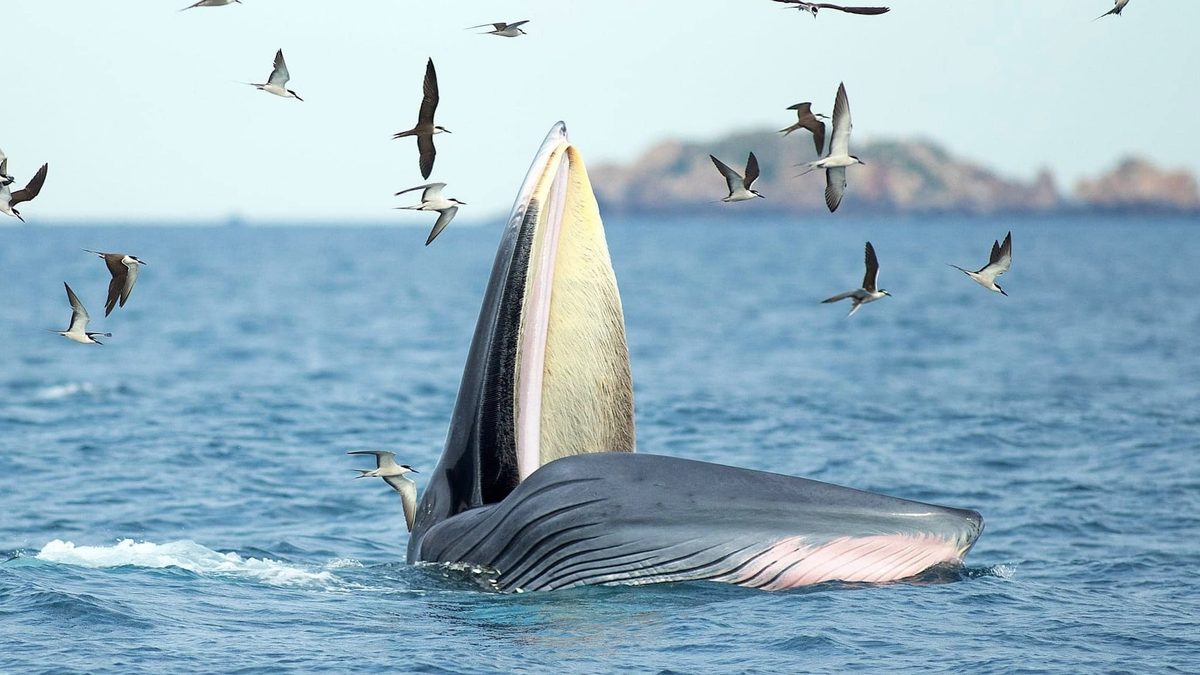
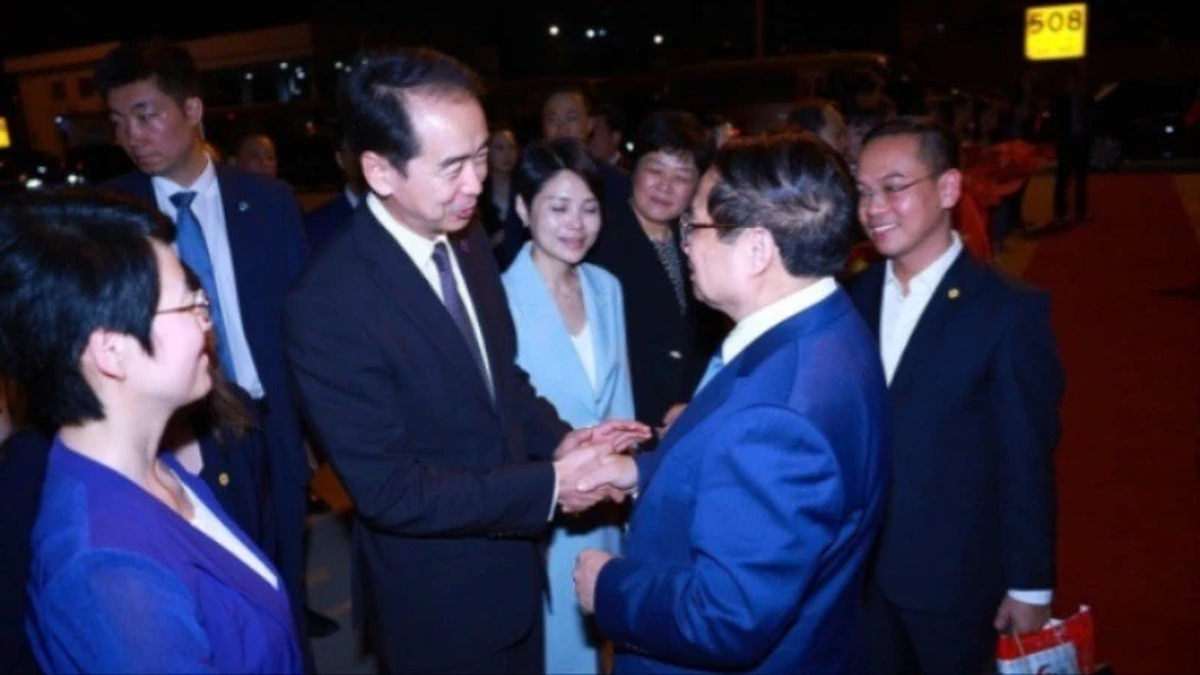
![[Photo] Cuban artists bring "party" of classic excerpts from world ballet to Vietnam](https://vphoto.vietnam.vn/thumb/1200x675/vietnam/resource/IMAGE/2025/6/26/797945d5d20b4693bc3f245e69b6142c)


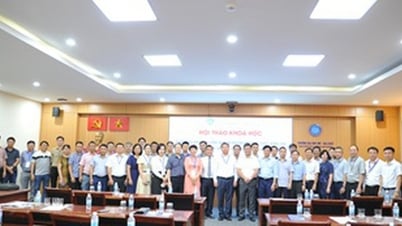

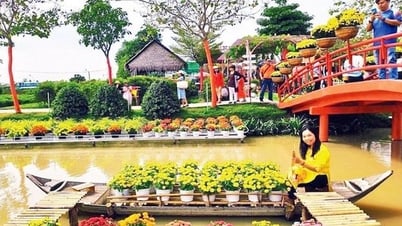


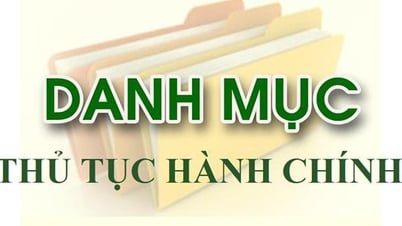







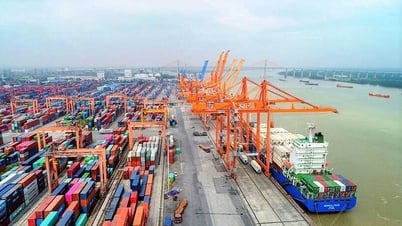
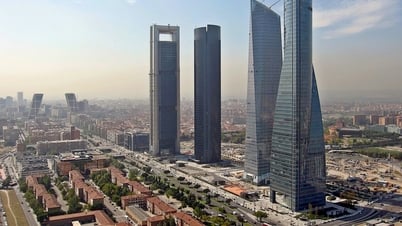
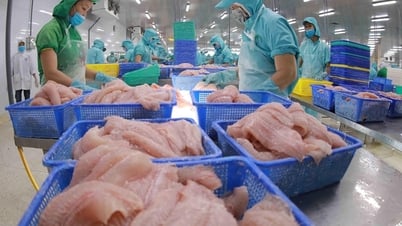

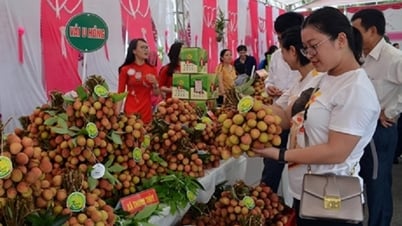
![[Photo] General Secretary To Lam receives Australian Ambassador to Vietnam Gillian Bird](https://vphoto.vietnam.vn/thumb/1200x675/vietnam/resource/IMAGE/2025/6/26/ce86495a92b4465181604bfb79f257de)



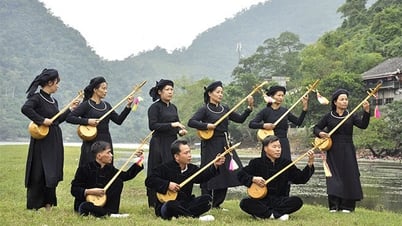



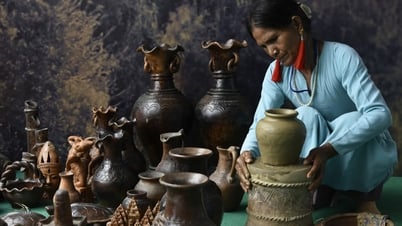



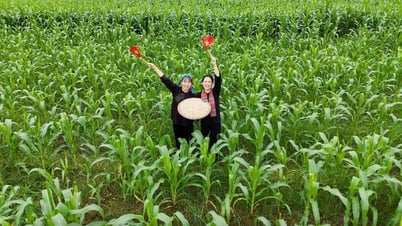

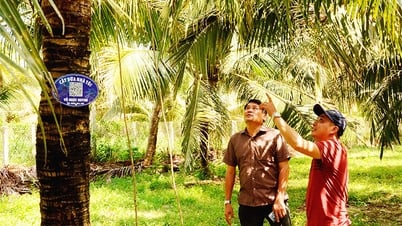



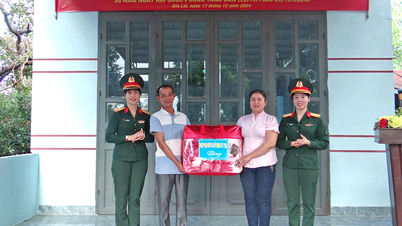



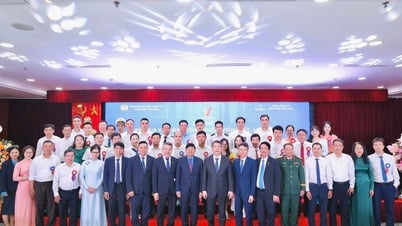








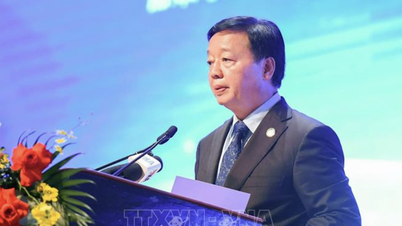
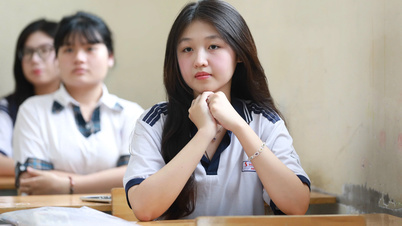

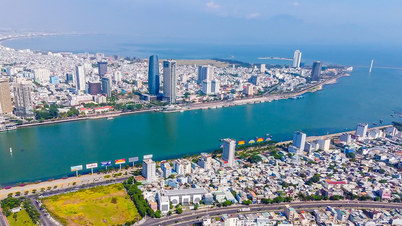


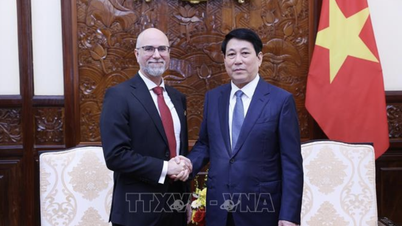



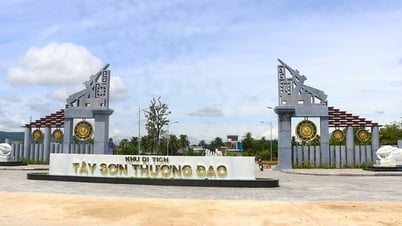
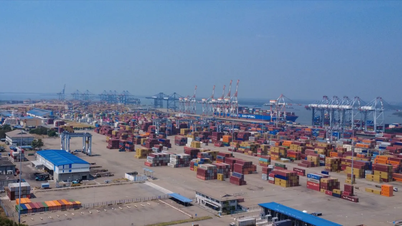





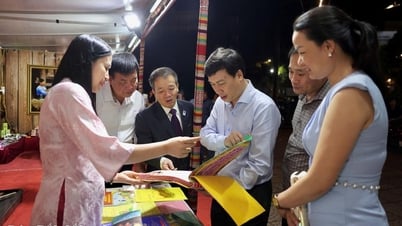
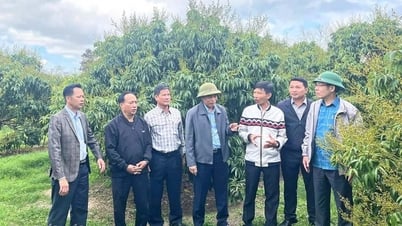
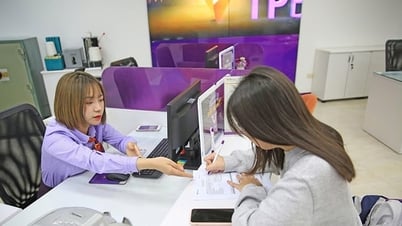
















Comment (0)